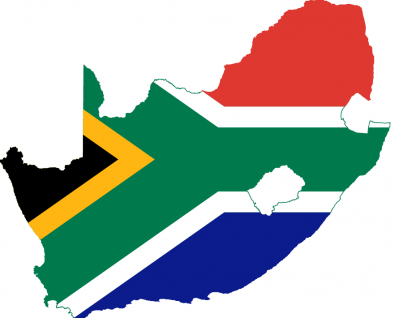South African market sweet; sales up 19 per cent, notes Leatherhead
Value sales of sugar confectionery, gum and chocolate in South Africa were worth ZAR10.44bn (€1.7bn) in 2010, finds the market analysts. They add that the growth in the category could be partly attributed to the fact the World Cup took place there in 2010.
Per capita consumption
The country, reports the UK food and nutrition market analysts, has one of the largest and most well-established confectionery markets on the African continent, with per capita consumption of chocolate in South Africa amounting to 1.3 kg last year.
Although low by standards in Western Europe and North America, the chocolate consumption levels are said to be considerably higher than many of the country’s African neighbours.
“Unlike many of the region’s other countries, South Africa has a sizeable market for chocolate confectionery, since income levels and therefore consumer spending tend to be higher than the regional average, whilst the country also has a fairly developed retail food industry,” continues the review.
However, at 2.1 kg, per capita consumption of sugar confectionery is slightly higher, finds Leatherhead.
“As is the case elsewhere in the African region, sugar confectionery is popular with large sections of the less affluent sections of society on account of its low price,” comment the market specialists.
Chocolate leads
In terms of sales, the chocolate sector, reports Leatherhead, accounts for a leading 50.5 per cent of the overall market, a figure which has declined slightly from almost 52 per cent in 2006.
Sugar confectionery accounts for an additional 41 per cent of total sales, with chewing gum making up the remaining 8 per cent.
Trends by volume
In volume terms, the South African confectionery market is dominated by the sugar confectionery sector, which hit 104,000 tonnes last year, equivalent to almost 56 per cent of the total market and up by 9.5 per cent from levels in 2006.
The chocolate sector accounted for an additional 34 per cent of total market volume in 2010, ahead of chewing gum (10 per cent).
Sharing occasions
The chocolate sector is dominated by bars and blocks, which account for over 40 per cent of total market volume, ahead of boxed and bagged assortments (30 per cent).
“In recent years, South African consumers have shown an increasing demand for chocolate packaged in bags, which are suitable for sharing occasions.
The sugar confectionery sector is dominated by marshmallows, which account for around a third of overall market volume. Other popular sweets in South African include gums and jellies, as well as mints, toffees and caramels,” finds Leatherhead’s review.
The analysts report growing evidence of sugar-free products making headway in the market. “In the chewing gum market, sugar-free varieties account for a sizeable 95 per cent of overall sales,” they note.
Multinational presence
Many multinationals present in South Africa, such as Kraft/Cadbury and Nestlé, manufacture domestically.
Leatherhead notes that one of the market’s leading suppliers is Kraft, and its acquisition of Cadbury gave it around half of the South African chocolate market, plus ownership of a major production facility located at Port Elizabeth.
Cadbury dominates the gum market, with a share in the region of 55 per cent. Wrigley’s penetration is slightly lower – it has 30 per cent of gum sales, according to Leatherhead’s data.
Nestlé has roughly a 15 per cent of the chocolate sector, with brands such as KitKat, Bar One, Aero, Rolos and Smarties, report the market specialists.
Ferrero, with brands such as Kinder chocolate and Tic Tac mints on the South African market, recently expanded its operations there, said Leatherhead, with the brand owner recently opening a new manufacturing site near Johannesburg.
The market’s leading domestic supplier is Tiger Brands, which accounts for around a fifth of the chocolate sector and almost half of the sugar confectionery market




